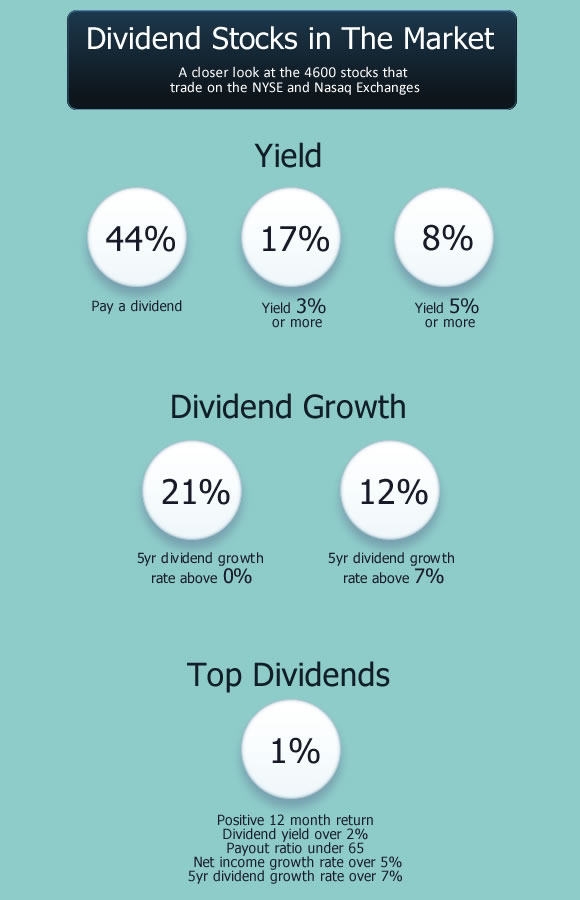Clorox Boosts Dividend Again After 35 Consecutive Years
Clorox (CLX) announced a quarterly dividend of $0.64 per share that will be payable on August 10th, 2012. The new annual dividend will be $2.56 per year which gives Clorox a dividend yield of 3.82%. This boost in the annual dividends is right on schedule with previous increases from Clorox and positions the company well to add to their 35 consecutive years of increasing the dividend.
The new annual dividend of $2.56 per share is almost 7% higher than the trailing 12 month dividend of $2.4 per share.
Clorox announced that the dividend will be payable to stockholders of record on July 25, 2012, with an ex-dividend date of July 23, 2012. Investors must own the stock on the day before the ex-dividend date to qualify for the dividend.
Dividend Fundamentals
Clorox has solid dividend fundamentals. The new 3.82% dividend yield is above its 5 year yield average of 3.2%. The company has a payout ratio of 60% and a free cash flow yield of 4.77% which makes us believe the dividend is very safe. Clorox has a 3 year net income growth rate of 6.5% and a 3 year dividend growth rate of 8.7%. Add the 35 years of consecutive dividend increases and its easy to see why Clorox is ranked #22 on our top 100 dividend list. This timely increase will help Clorox maintain its DSO rating but in order for it to improve its rank the company will need to grow net income at a faster rate. This will help help boost its dividend yield and maintain a low payout ratio.
About The Company
Clorox manufactures and distributes consumer goods products through multiple distribution chains that include grocery stores and retail outlets. The stock is down 2.6% in the last 12 months but is up 4.8% in the last 6 months (excluding dividend payouts). The company has a P/E ratio of 17 and a market cap of $9B. Some of the companies largest competitors include Colgate-Palmolive Co. (CL) and Proctor and Gamble (PG)
For more information on consumer goods dividend stocks view our list here.



